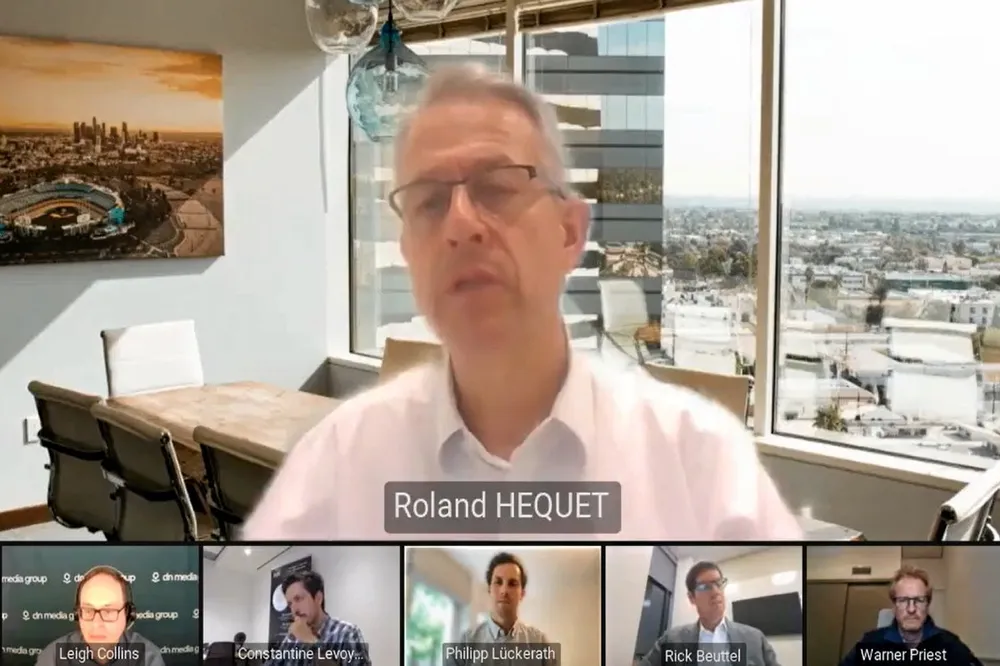Green hydrogen | Which type of electrolyser should you use? Alkaline, PEM, solid oxide or the latest tech?
Developers will have to weigh up the pros and cons of each across a wide variety of factors, expert panel tells Hydrogen Insight webinar

Developers will have to weigh up the pros and cons of each across a wide variety of factors, expert panel tells Hydrogen Insight webinar
